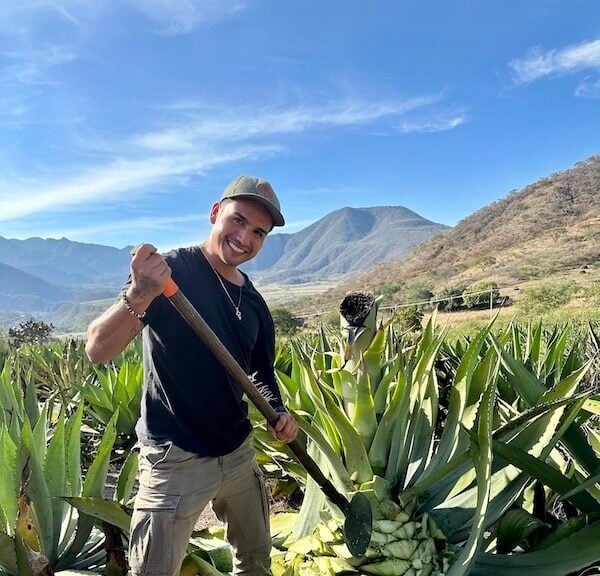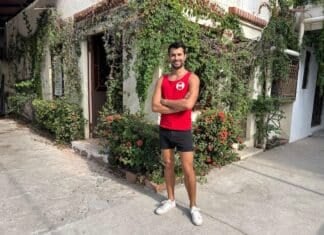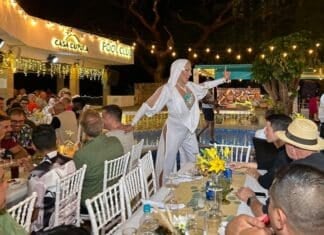Esta publicación también está disponible en: English Español
Photo provided
Is raicilla the next great Mexican spirit to take the world by storm, following in the footsteps of tequila and mezcal? Some say it’s already happening. In 2019, raicilla received Denomination of Origin status, a major step that helped formalize production standards and recognize the growing number of tabernas (small distilleries) across Jalisco and Nayarit.
For generations, raicilla was affectionately known as Mexican moonshine. It was the rustic, local spirit you discovered only if you knew the right farmers or found the right backroad cantina. Today, raicilla and raicilla cocktails are appearing in specialty liquor shops and restaurants across Mexico. The spirit is slowly gaining ground in the United States, and bottles are beginning to pop up in parts of Europe as well.
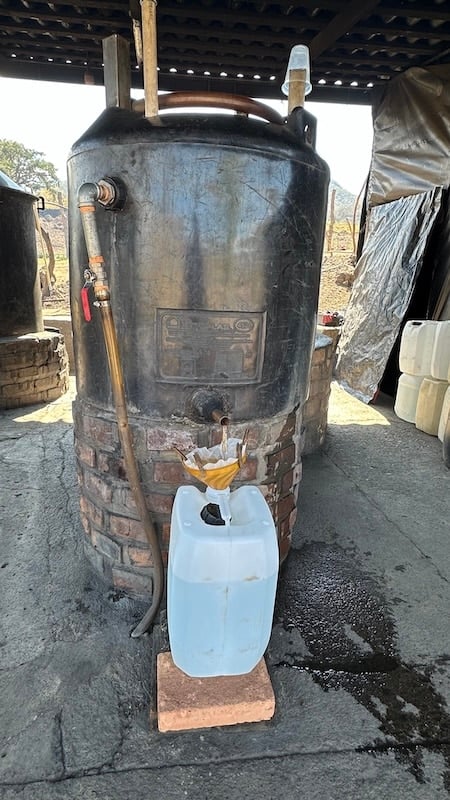
What Is Raicilla, Exactly?
Like tequila and mezcal, raicilla is an agave spirit—but it has its own identity, with unique production zones, agave varieties, and techniques.
With Denomination of Origin protection, the Mexican Institute of Industrial Property (IMPI) now regulates where and how raicilla can be produced. At present, it can only be made in specific regions: 16 municipalities in Jalisco and one in Nayarit. Tequila and mezcal have similar protections, tied to specific regions and agave types. For example, tequila can only be produced in five Mexican states—Jalisco, Michoacán, Tamaulipas, Guanajuato, and Nayarit—and only from blue agave.
Raicilla, by contrast, can be made from several types of agave. While there are four primary varieties used, Agave maximiliana is the most common, especially in the mountains. The type of agave, combined with climate and altitude—coast versus sierra—plays a major role in the final flavor.
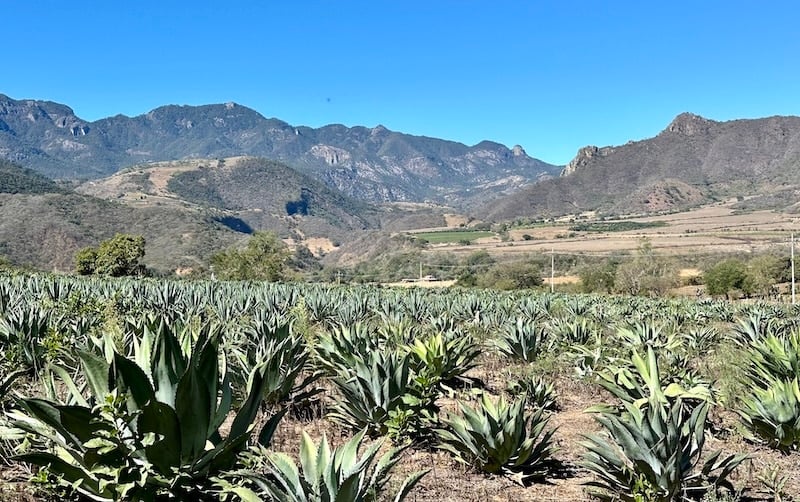
A Spirit With Centuries of History
Although the exact origins are a bit hazy, raicilla production likely dates back 400–500 years. Farmers in the region learned distillation techniques from the Spanish and adapted them to the wild agaves growing in the mountains and along the coast.
The production methods vary by region. Coastal raicilla is often distilled in rustic wood stills, while mountain raicilla more commonly uses copper stills. Most raicilla is distilled twice, and much of it is still made by small, artisanal producers who proudly maintain techniques that have been passed down through the generations.

How Does Raicilla Taste?
Ask three people to describe raicilla, and you might get three different answers. Its flavor generally depends on whether it comes from the coast or the mountains, which agave is used, and the techniques of the raicillero (distiller).
Many people find raicilla more earthy and herbal than tequila, with a complexity reminiscent of mezcal but usually with far less smoke. Others compare it to gin, thanks to its botanical, almost piney or citrusy notes. Because most raicilla is produced in small batches, each taberna’s spirit has its own personality—and that’s part of the fun.
If you’re curious about raicilla, the best way to understand it is not just in a glass, but in the places where it’s born.
Following the Raicilla Route with Chef Roman Ventura
When local private chef Roman Ventura of Ventura Chef Services decided he wanted to share his hometown of Mascota with his guests, he knew raicilla had to be at the heart of the experience. Mascota sits on the raicilla route in the Sierra Madre Occidental, surrounded by agave-covered hills and neighboring the beautiful towns of San Sebastián del Oeste and Talpa de Allende.
From that idea, the Ventura Chef Services Culinary Adventure to Mascota and Talpa de Allende was born—a two-day journey into the mountains that blends raicilla education, small-town charm, and unforgettable food.
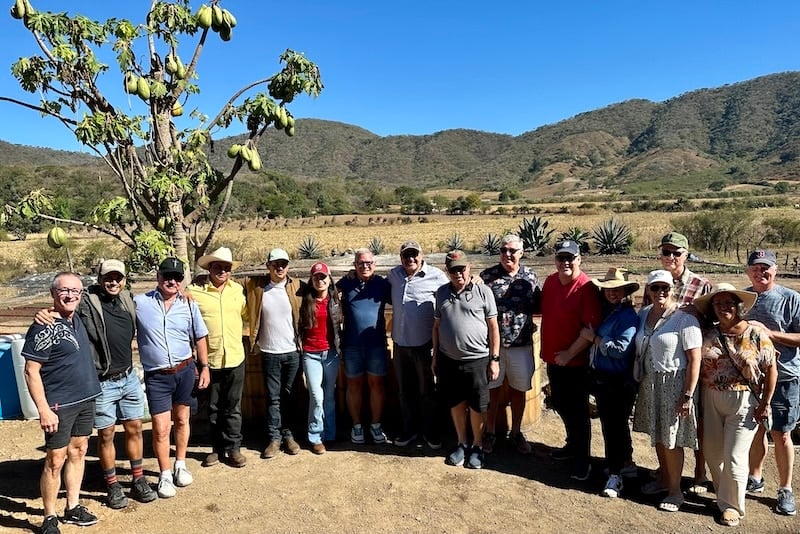
Day 1: Mascota – Raicilla, Ruins & a Barbecue in the Agave Fields
The tour begins with a scenic 2+ hour drive from Puerto Vallarta up into the Sierra Madre. One of the first stops is Raicilla del Ciervo, MX, a taberna just outside Mascota. Here, guests get a detailed look at how raicilla is made—from the agave plants in the field to the roasters, fermentation, and stills. There are multiple tastings, of course, but one of the highlights has become the barbecue in the agave field.
Surrounded by rows of agave and mountain views, guests sit down to a relaxed, countryside feast paired with more raicilla. It’s a slow, gentle introduction to both the spirit and the land that shapes it.
Back in Mascota, the group explores the town, including a visit to the striking ruins of the Templo Inconcluso de la Preciosa Sangre and a walk through the local archaeological museum, which offers a glimpse into the region’s deep history.
As evening falls, Chef Ventura prepares a multi-course dinner at El Encanto de Ventura, his sister’s restaurant and bar. The menu showcases local ingredients—some grown in his father’s garden—reflecting both family roots and regional flavors. After dinner, guests are free to wander the quiet streets before turning in at Hotel Copa de Oro, a boutique property that was once a colonial home.

Day 2: Talpa de Allende – Pilgrimage, Candy & Plaza Life
The next morning, guests wake to a home-style breakfast prepared by Chef Ventura’s aunts—another personal touch that makes the tour feel more like a family visit than a commercial excursion.
From there, the group travels to Talpa de Allende, a charming and deeply spiritual Pueblo Mágico known for its basilica and religious pilgrimages. Guests visit the Basilica of Our Lady of the Rosary and its nearby museum, then stop at one of Talpa’s famous candy factories to see how the traditional guava rolls are made.
After some time to stroll through the central plaza—ideal for people-watching, picking up a souvenir, or just soaking in the atmosphere—the tour returns to Mascota for a farewell lunch prepared by Chef Ventura and his sisters before the final drive back to Puerto Vallarta.
Upcoming Culinary Adventure Dates
So, if you’ve ever wondered what lies beyond tequila and mezcal, raicilla is your invitation into a wilder, more intimate side of Jalisco. On Chef Ventura’s Culinary Adventure, you don’t just taste the spirit—you walk the agave fields, meet a family who distill it, and sit down to meals that could only happen in these mountain towns. With just 12 spots per tour, these departures fill quickly. If raicilla—and the pueblos that guard its traditions—are calling your name, this is your chance to answer.
This year, Chef Ventura is offering three departures for the Culinary Adventure to Mascota and Talpa de Allende:
- January 16–17
- February 20–21
- March 20–21
The March tour is already sold out, but a waiting list is available. As of now, there are still spaces remaining for the January and February dates.
To see the detailed itinerary, pricing, and reservation information, please visit Ventura Chef Services – Culinary Adventure to Mascota & Talpa de Allende.
Visiting Mascota and Talpa de Allende is a rare opportunity to experience “real” Mexico—mountain towns where traditions are alive, families know their neighbors, and the local spirit truly is local. Learning about raicilla in this context has given me a deep appreciation for the artisans who make it. It’s yet another example of an extraordinary Mexican product still rooted in culture, history, and place.
And yes, I love drinking it, too.
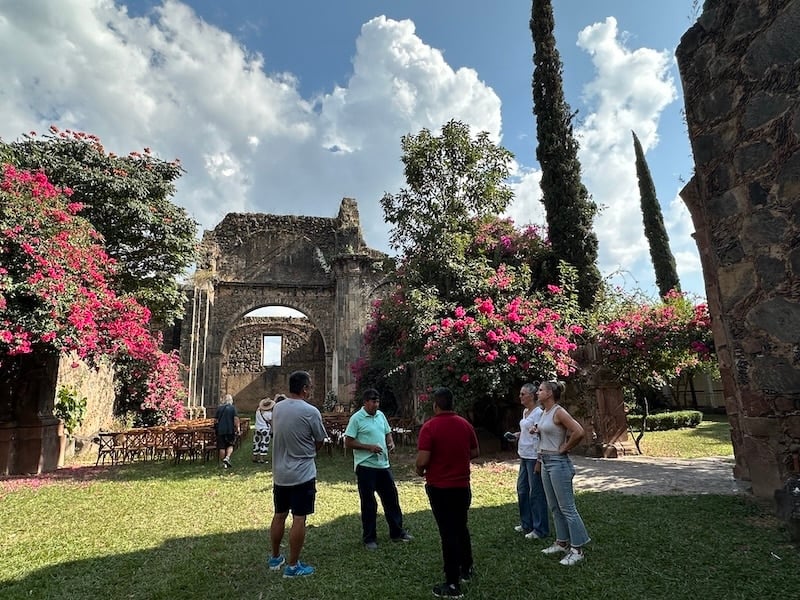
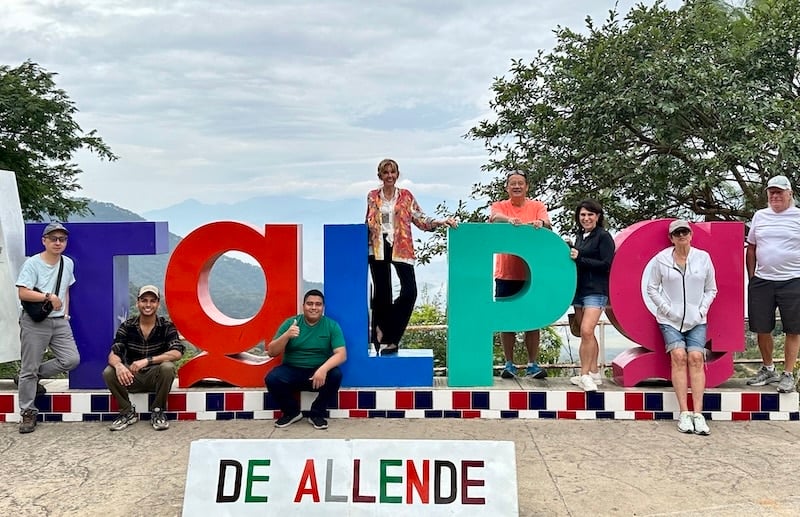

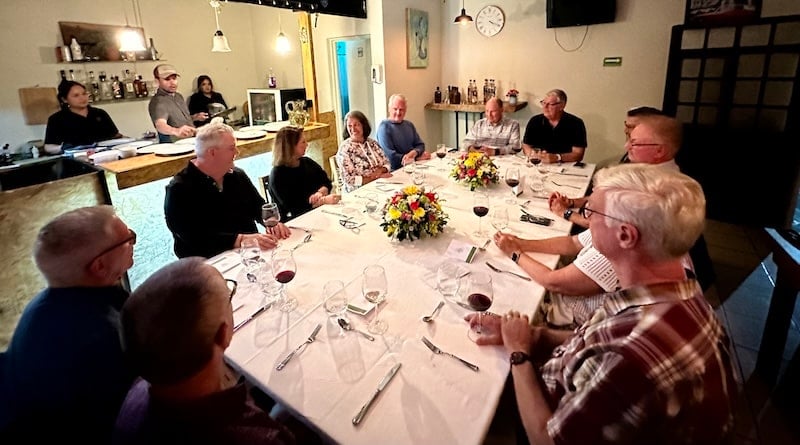

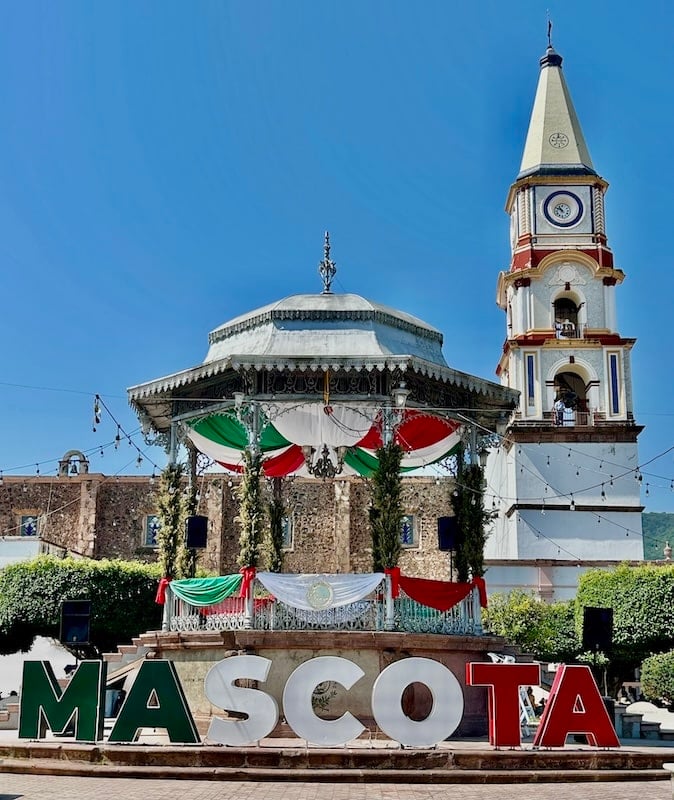
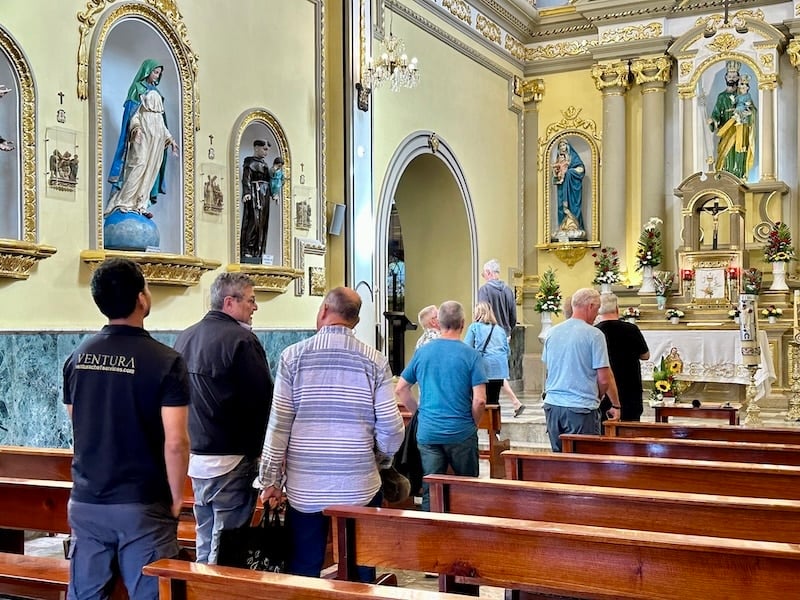
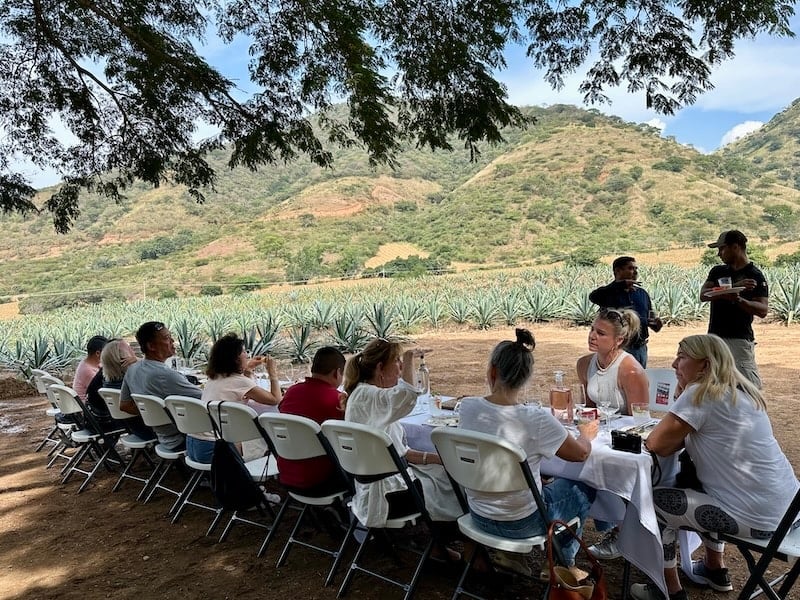
Related Story
Esta publicación también está disponible en: English Español



